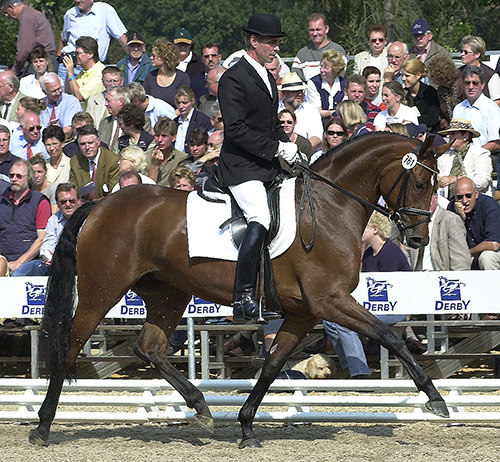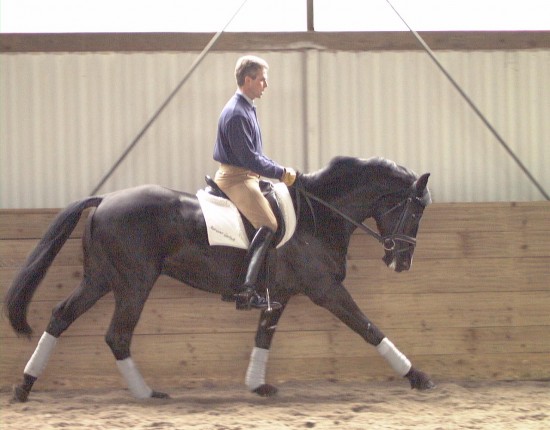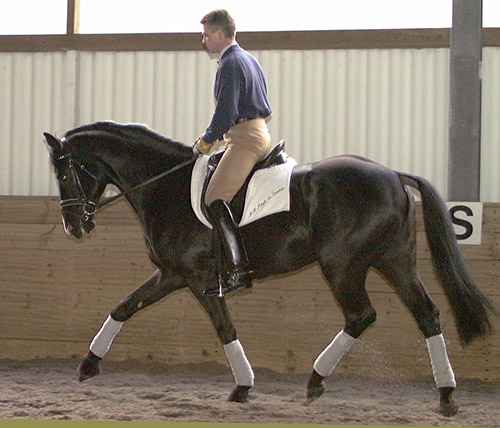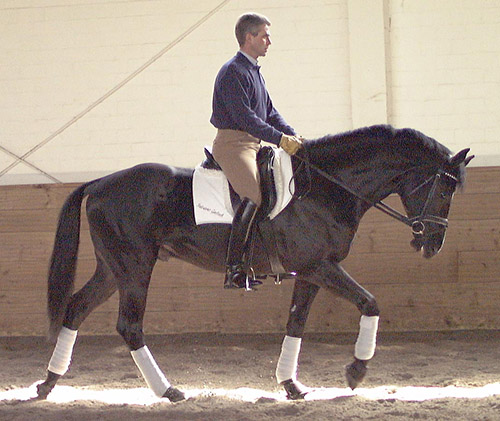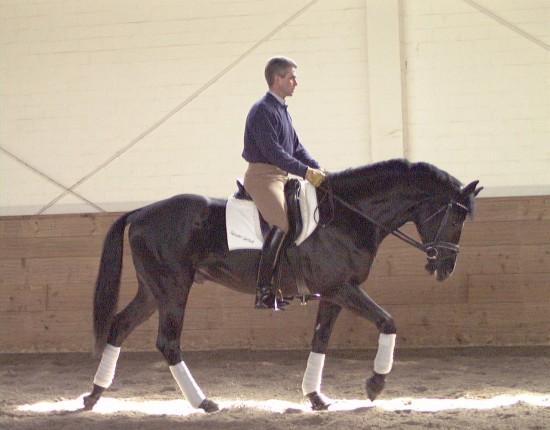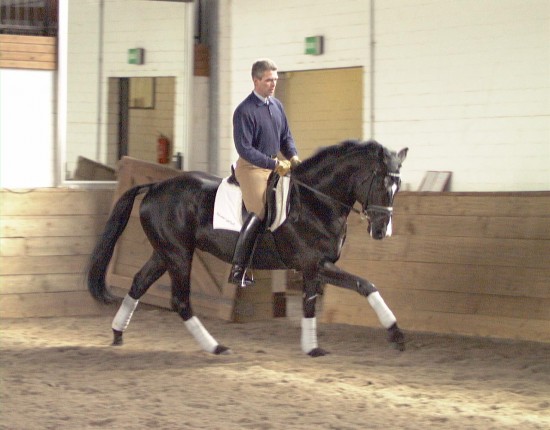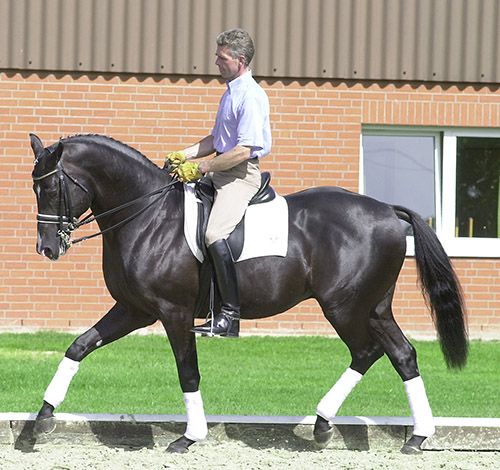There is perhaps no concept in dressage as misunderstood as ‘the basics’, and there is no dressage trainer more ably equipped to explain exactly what the term means than Hans Heinrich Meyer zu Strohen…
Hans Heinrich was for many years a rider in the famous Verden auction team, and went on to run the Riding Club at Hoya, just half an hour from the centre of Verden. He regularly represents the Hanoverian Verband at clinics in the United States. More recently he has been the German Young Dressage Rider coach.
Photos by Roz Neave
People often ask me at my clinics in America, ‘what are the basics’ – it is not so easy to translate into English – the six point German training scale. That is the only basics we have.
If we have a young horse which we are starting out, it is necessary to ride that horse in a very organised way, not just aiming for fast results. We like to work him just in the gaits: walk, trot and canter. To have a good, but light, contact, from the hand, to the rein, to the mouth. If a horse is ridden on a loose rein, then it is just going around and around – he must learn from the beginning to accept the contact, and from this contact you say to the horse, with your body and your seat, ‘you accept this contact and you accept my body, especially my legs, okay boy, you go forward in walk, trot and canter’.
When you have a good rhythm and contact then you say ‘okay boy, we would like to make some schooling transitions – trot to canter, canter to trot’. Start with these transitions, but with contact on a longer rein, so that the neck is not in a higher position, just in a deeper position, with contact.
story continues below the advertisement
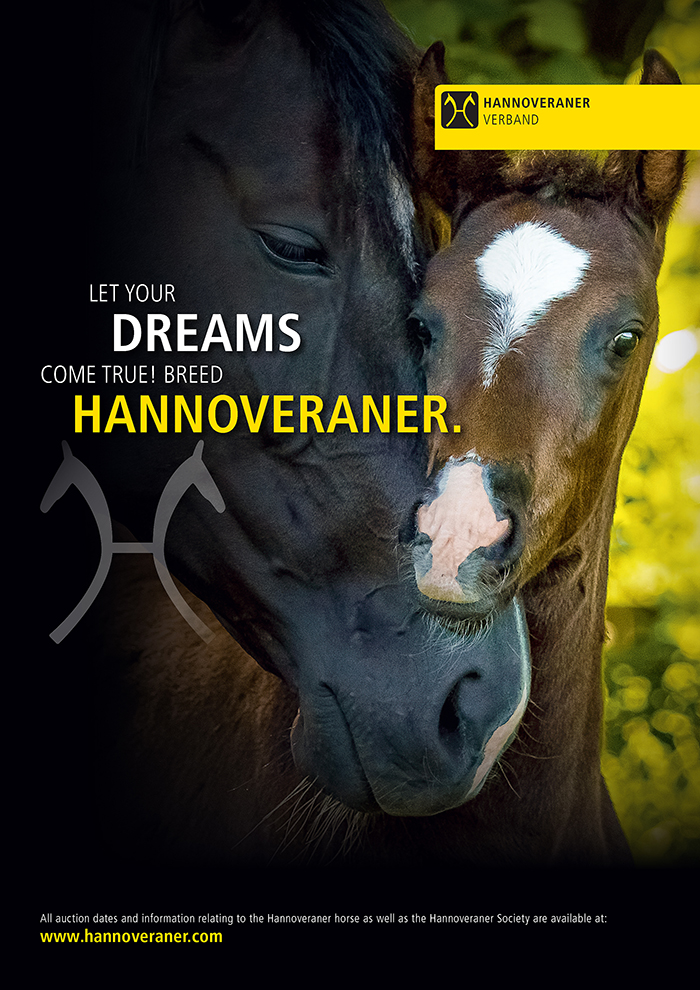
Then we can start to work on the gaits, especially the trot and canter to show a little bit of difference – from the working trot to a little bit of lengthening and from the working trot, a little bit of shortening. But not a lot of shortening, just a few steps, forward and back, keeping the rhythm all the time, so the horse learns to work from the hindquarters. At first long rein, long neck, forward and downwards, then when this is okay, it’s ‘come on boy you have to use your hindquarters and you must understand that your hindquarters are working to come over your back and into your neck to my hands’.
We make the transitions at first in trot and canter, but we don’t do anything in the walk. In the walk the horse will just go with long reins so we have a very good forward walk. Don’t start too early to work on the walk. For the young horse to find an absolutely super rhythm in walk is a very long way off, when we start too early to shorten the walk, then we have the problem that the rhythm can be lost. When he learns to work with a very active hindquarter in trot and canter, and he understands this, then we can start a little bit to hold this activity in the walk, but he must have the activity from the hindquarters in the walk absolutely perfect. When it is not perfect and you have problems, then later it will be too difficult to collect this walk.
First the horse will just go with long reins so we have a very good forward walk.
Later the horse learns to go in a short walk then again forward, forward, then again short walk. Then the horse understands, when I go in short walk, my hindquarters must work. When you have a walk with problems, then out of ten very good riders, one and a half of them can correct the walk once it starts to go diagonal. When you have a horse with a natural tendency to go lateral in the walk, then you stay away from the work in the walk.
story continues below the advertisement
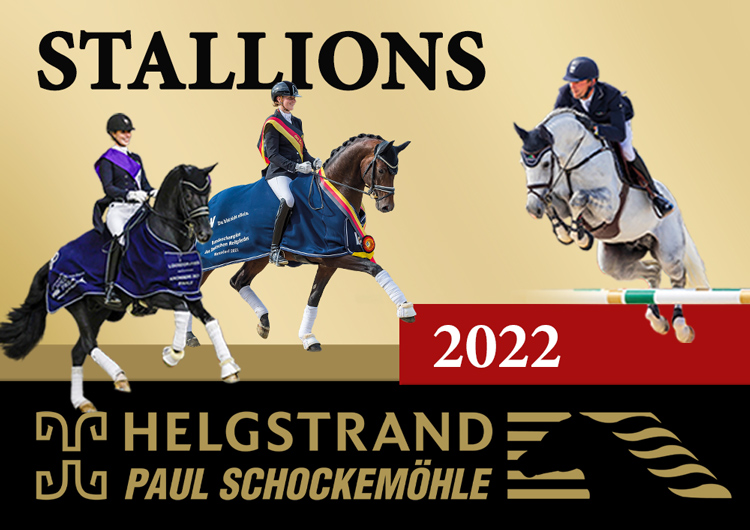
When you look at the young horse classes, the material classes for horses three and four years old, and you can see some have an absolutely super walk, the judges say look how much the hind feet step over the front, and the judges say ‘that’s absolutely super, that’s ten’ but if you ride the horse, you have the feeling, this walk is good now but with such a big walk when you go to collect the walk later, and you don’t have the activity from the hindquarters you can’t get the walk back, you have real problems.
Many trainers say ‘we don’t want this very big walk because it can cause problems’. That is why the walk must have more work than the other gaits. When we have working tempo in trot and canter, and we can shorten and lengthen – we don’t ride collected trot, or medium or extended trot, just step-by-step so the horse can understand. When we go forward in trot, I have a little bit more swinging, but not running, with the hindquarters working. You see it sometimes, with a strong rider, he can hold the horse on the rein, and the front legs are super, and people say ‘that’s a super trot’! It’s crazy trot, it’s not coming from the hindlegs over the back.
That is not our system.
story continues below the advertisement
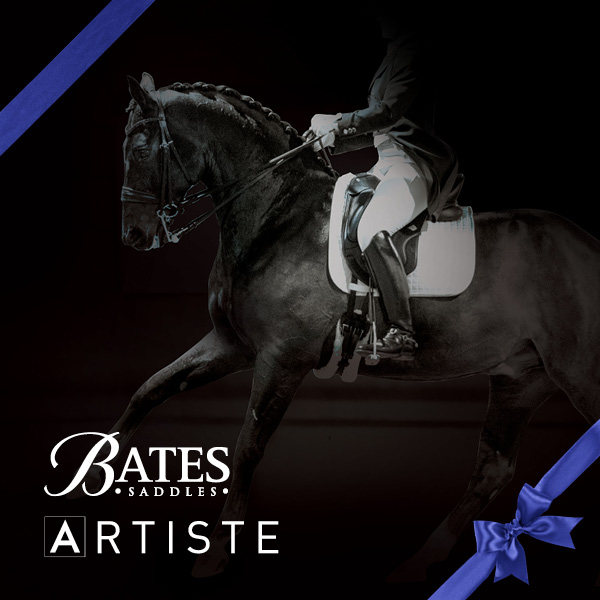
Once the horse really understands to be active in the hindquarters and come over the back, then you can ride more and more transitions, then you can ride on a long side forward, then you can ride on a diagonal forward, but you must have a really good rhythm. When the horse is running, you are on the wrong track, you will never school this horse.
Some young horses learn quicker. They don’t have problems with their body. Some bigger horses, some longer horses have more problems from the age of four to six, to come in a good conformation in the body, sometimes they go up in the back, then up in the front, then the neck is not okay. You must have all these things under control, and every day is not the same for you as the rider, or for the horse.
It is important to do this schooling forward/downward. Let the horse stretch, let him go forward/downward but he must still have the contact, don’t give up the contact. The nose must be in a forward position, not behind the bit. The contact must be a contact where you say ‘I give you a little bit’ and the horse says ‘thankyou, I take it, it’s a rubbery contact. You must have a little bit in your hand, not so heavy, not so light, then you can talk with the horse, from your legs, from your seat and with the hands.
Then we can say to the horse, okay, we go a little bit shoulder fore, we bend the line a little bit. Horses are not the same on the left side and the right side, sometimes you must have the situation where you must be a little bit stronger with your inside leg and your inside hand, in such a way to bend the horse to correct him.
story continues below the advertisement
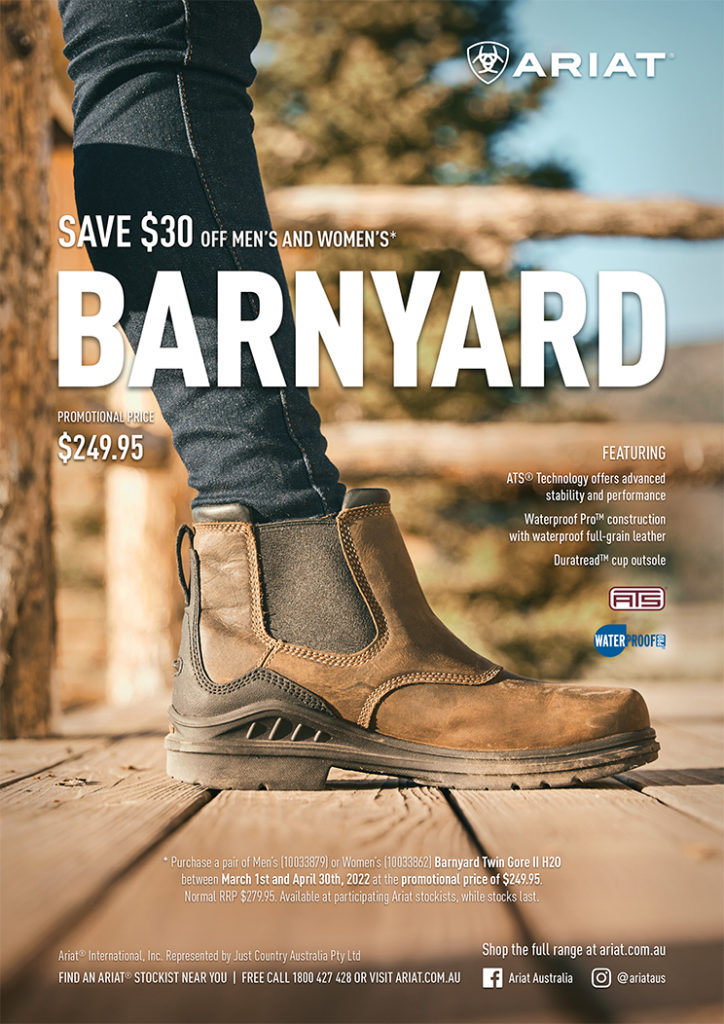
Sometimes this contact is very strong, but if you are schooling your body, and you want to run 100 metres, you slowly build up, but sometimes your trainer says, ‘you must be stronger in yourself’. As a rider, you have situations where you say ‘come on boy, it is good, but we would like it very good, so we must do a little bit more, we must do it perfect’. When it’s okay you say ‘that’s right’, now it’s nice, and the horse understands you.
It’s not like when you get an older horse, and it is so stiff to one side – with the younger horse you have the chance, you have the time, to build the muscles. You must have the same contact in the left and right hand, without contact you can’t get the half halts or the halts, and you will have more and more problems.
Many years ago, Nicole Uphoff and Isabell Werth rode their horses in a very deep position with the nose behind the vertical. And sometimes you have horses where you must gymnasticize them in such a way, but at that time we saw so many riders – not professional riders – who saw Nicole and Isabell, and say ‘oh we must ride the horse this way with the neck really down and behind the vertical, they do it and they are super, we must do the same’. Then they go in a competition and the horse goes behind the bit, and did not do well.
You cannot always school the horse in the position you would like to ride him in a test, you see good riders warm up their horses, they gymnastize their horses, then ‘okay boy, now you go in this position’ and they work on a movement, then maybe work again on the gaits, then come back to the movements. You see riders who think their horse is going very well, so they ride movement after movement, but they forget the walk, trot and canter. Then they discover ‘Oh, the shoulder in is not perfect’ – what is not perfect? The horse is not going. The horse is not working enough from the hindquarters, and his back is stiff – they are working all the time on the hands, and the horse’s back is stiff, the body is not working.
We must have the basics in the gaits. We can go forward, back, bend him left and right, then we have the opportunity to school the horse. Often when I go to clinics in America, I see riders who don’t change the rhythm enough. You must change in the trot, forward, back, walk, all the time you must build activity from the hindquarters.
They will be working the horse in the trot, and I will say, collect him a little bit, they sit on the horse and pull on the rein… and say ‘it’s okay’ – no, it’s not okay, you must work in your seat, you must sit deeper in the saddle, active from your legs so the hindquarters work. But, they say, when I push him from the legs, he is going forward – no, no, no – you don’t understand the system, when you have the shortening and lengthening in your gaits you must do it from your body. You say ‘come on horse go shorter’, but with your seat you tell the horse that hindquarters must keep working, you don’t collect the horse by pulling on the reins and stopping the hindquarters.
Riders come to Germany and have some lessons, then they have more understanding of these basics, and then they can go on to the higher training, but if the basics are not okay, you cannot go higher. You work for a very long time on the basics, but when the basics are okay, the next steps are coming so quickly, when the rider and the horse are not correct, when you have problems in bending, with not the same weight in the right hand and the left hand, then you have problems in the shoulder in and the half passes. You must work on the basics, forwards, backwards, half halts, as the rider you must be able to feel in your body that the horse’s back is working and the hindquarters are working – not that you are always looking at the horse’s head, is it to the left, is it to the right. No you must have your eyes in your back, close your eyes and feel it.
story continues below the advertisement
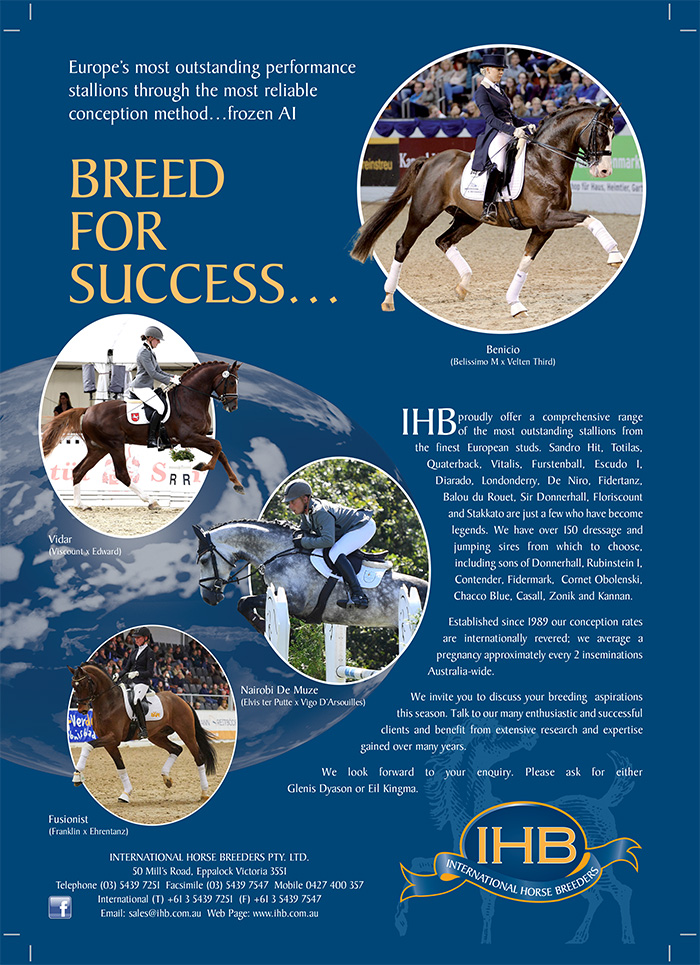
We don’t have many riders like Isabell Werth who have this feeling 100% of the time. We must train ourselves every day, I would like to have a little bit of that feeling that these riders have. You must learn, when it feels like this, it is better. Work with your trainer, then the horse can understand you better.
Hans-Heinrich Meyer zu Strohen
My parents had a farm, a very big farm with cows, chickens, pigs and two or three horses. My father was a very keen farmer. My grandfather did a super job and then gave the farm to my father – but my grandfather had more contact with the horses. He said to me you can ride this horse a little bit.
So when I was about six years old I started with an older horse, a big cold blooded working horse. There was a girl working for my grandfather with two other horses, one a Warmblood, a very big tall horse, and when I was about eight, I got to ride that horse, and the girl gave me some lessons. I had a lot of fun on this horse. Then my grandfather bought a three-year-old Hanoverian gelding for me. He helped me lunge and break in the horse but then my grandfather died, and I had nothing to do with horses… just my friends and motor cycles.
When I was 17, I went to a horse breeder who had 40-50 horses, and I started to ride again and got so interested in the horses, that my father said, ‘you are too interested in horses, stay on the farm and work on your schooling’. He was very firm, so I said, ‘yes, okay father, I will do it’. When I finished school, I told my father I wanted to be a bereiter, a professional horseman, and I had a very big fight with my father. He said, no, your brother would like to have the farm, and you will go in a business job. So under my father’s orders I started in the job, but in my free time I made contact with the Verden auction, and especially to Mr Köhler. At this time, Mr Köhler became like a second father to me, I left home to work with Mr Köhler, and for six months, I had no contact to my father at all. My mother was absolutely okay, she understood how I wanted to work with horses.
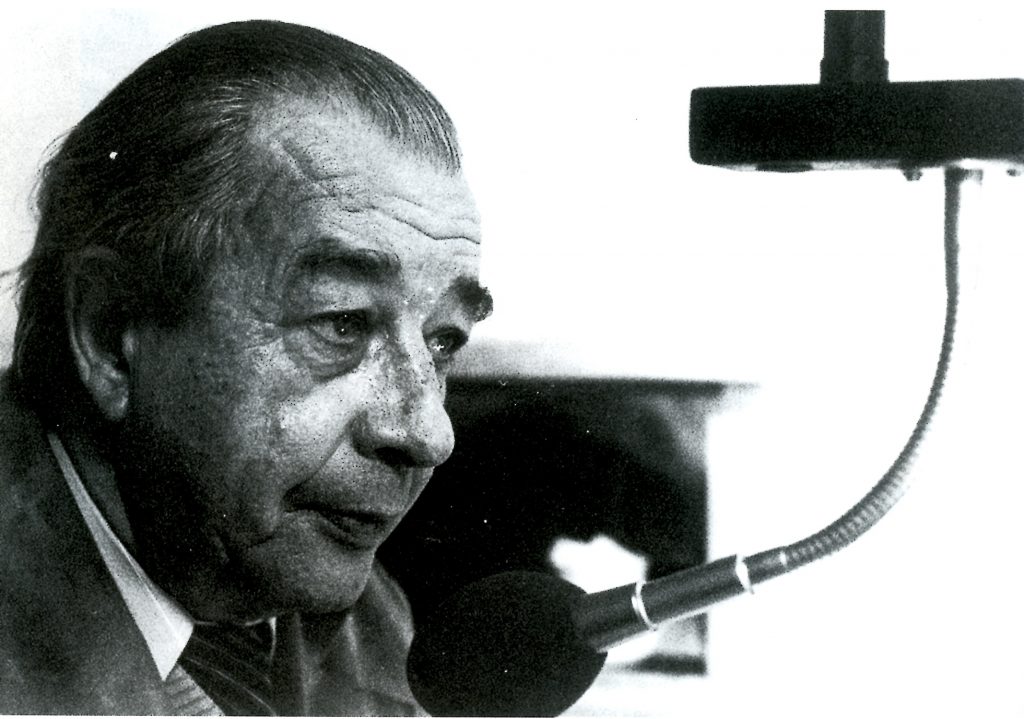
Mr Köhler taught me everything, with young horses, with older horses – to school with his horses was absolutely fantastic. I worked with him for ten years, and lived at his home. In this time I became a German Professional Rider.
I also had a super opportunity to go to the Spanish Riding School. The first two months were an absolute disaster for me. I had three lessons every day. First on a lunge, then on a medium horse, then on a Grand Prix horse. It was very different the walk, trot and canter of the Lippizanners, from what we had with the Hanoverians at home. In the beginning I found it impossible to find the rhythm and the feeling. You had to ride so slowly, then it was okay, and then you could develop the feeling for the half pass, the shoulder in, to go in piaffe and passage, flying changes every stride, it was then a fantastic feeling.
When I went home, the first time I got on a horse, I could not ride it. I’d just sit on the horse – and forget to ride! I was in Vienna for six months, and I learned a great deal.
The horse used our photos was Paris, a 6-year-old stallion by Prince Thatch, and who was owned by the Australian pair of Jill Cobcroft and Carol Simpson, and Hans-Heinrich Meyer zu Strohen



